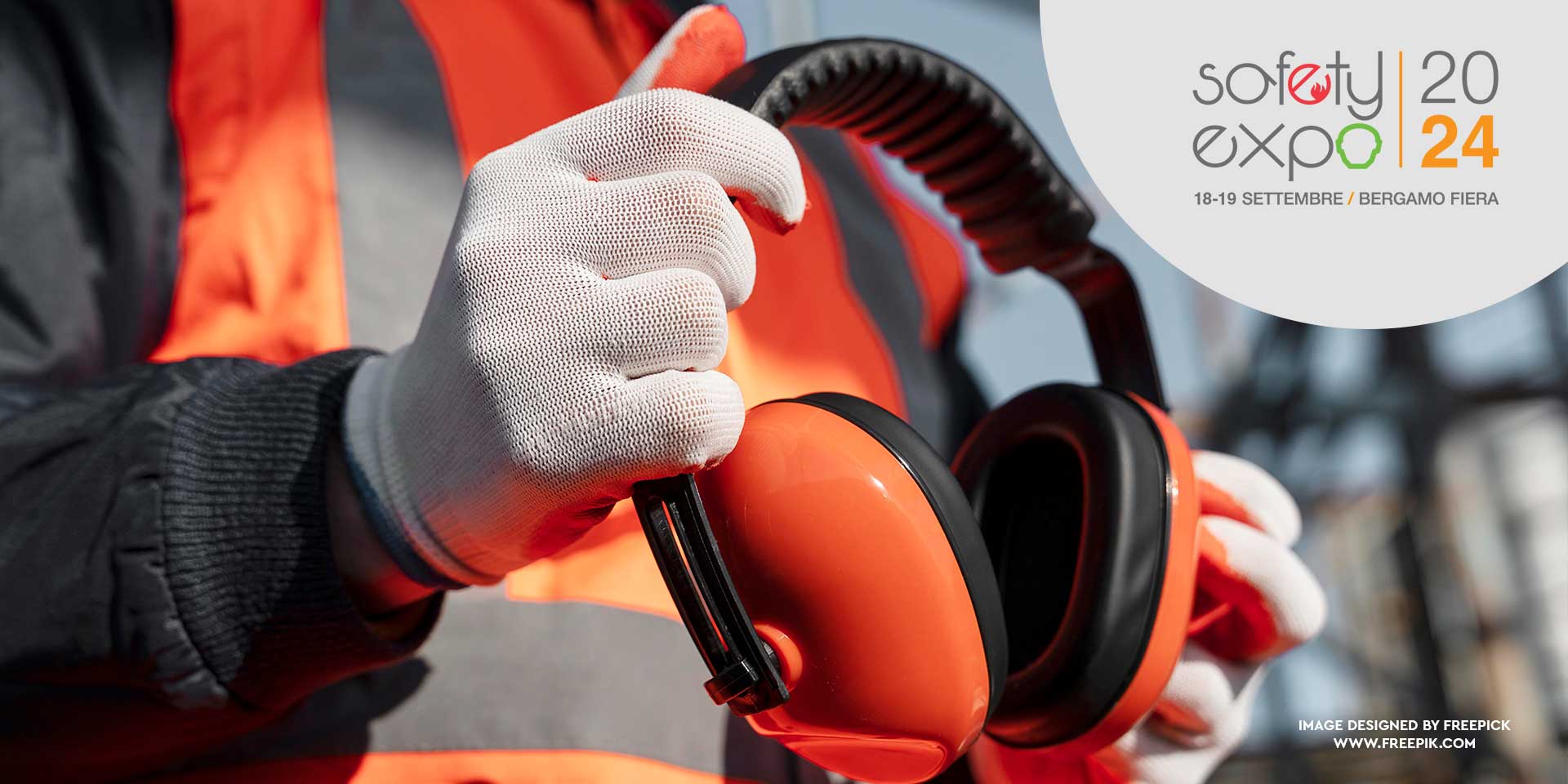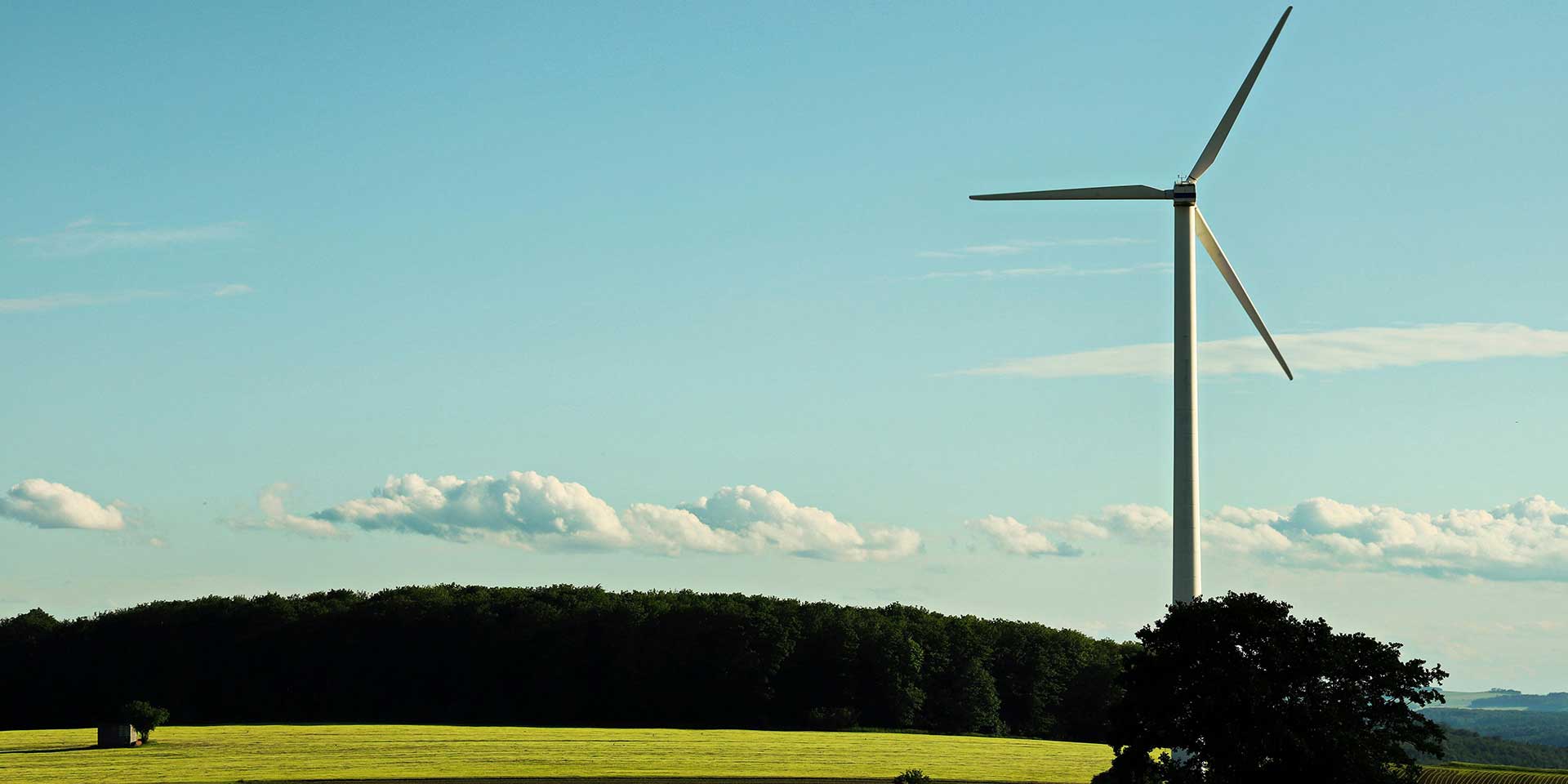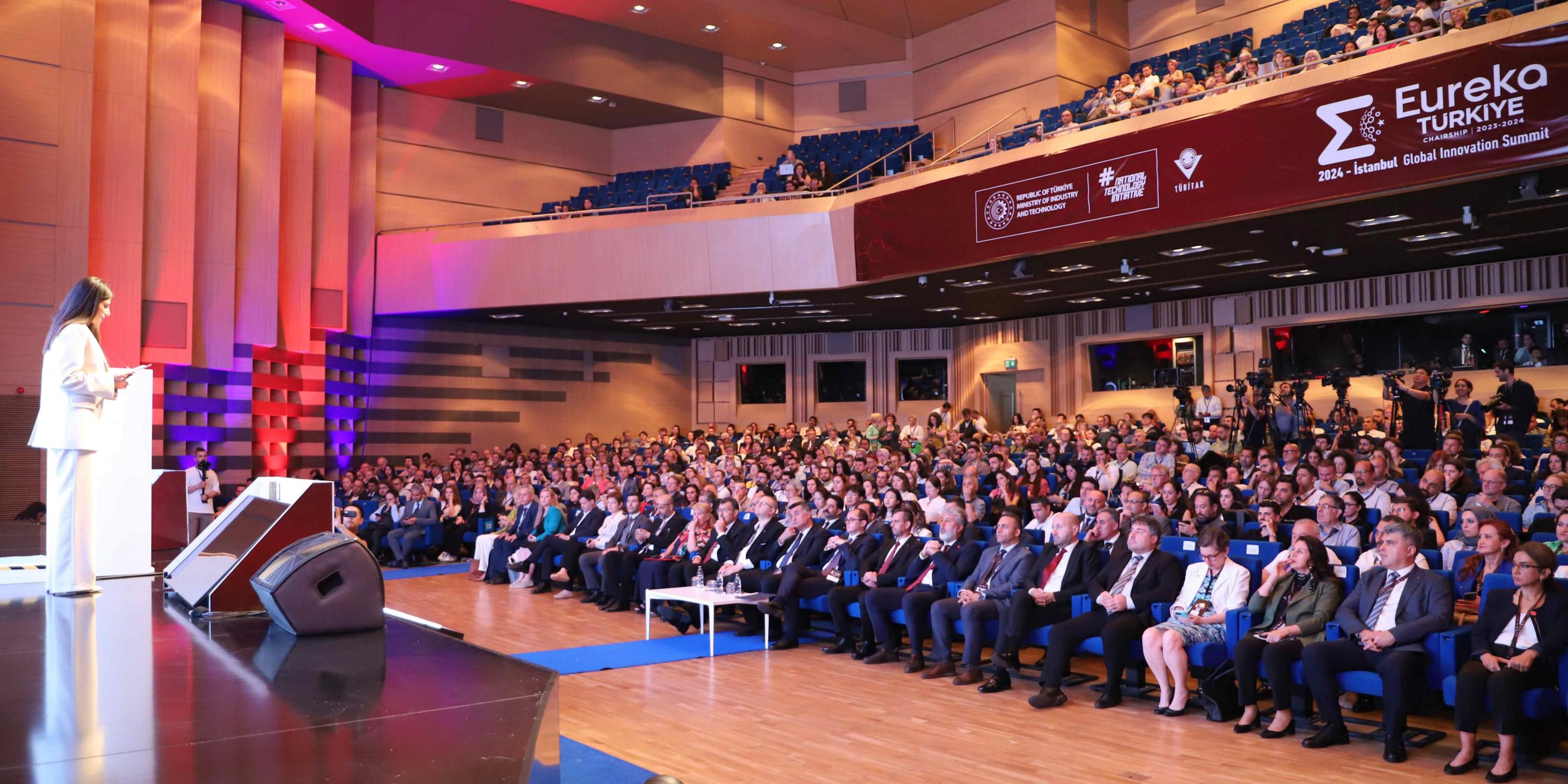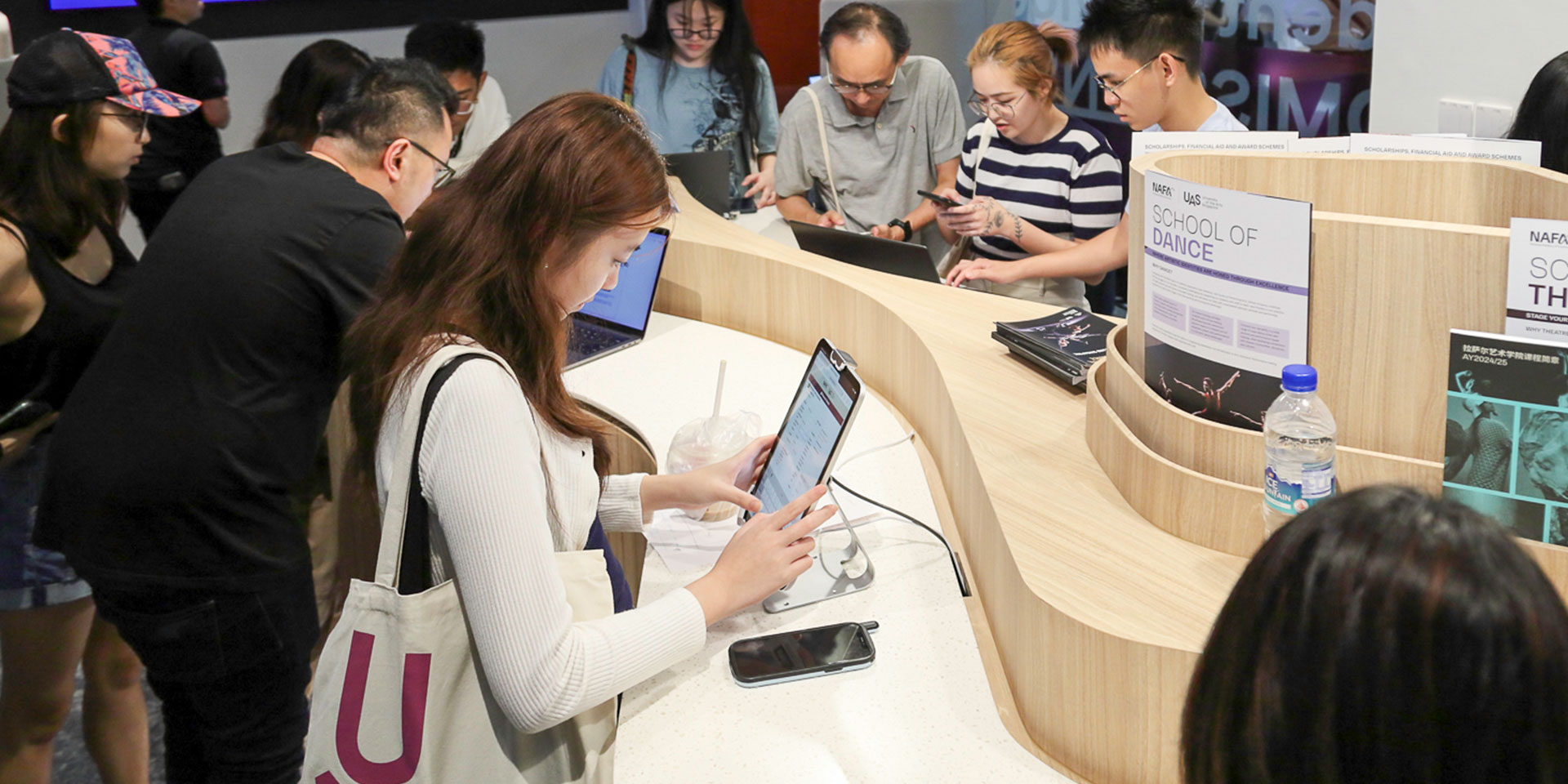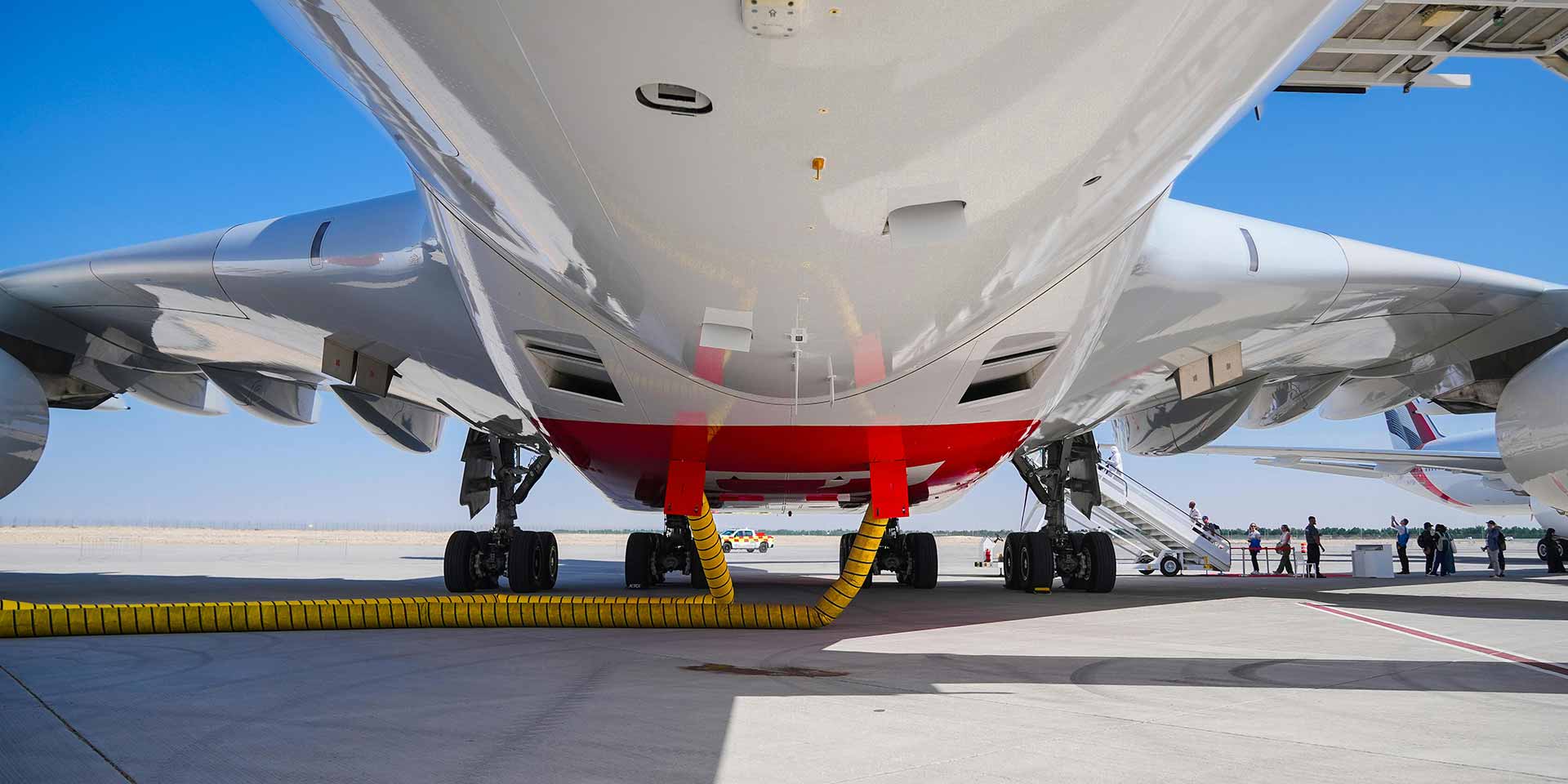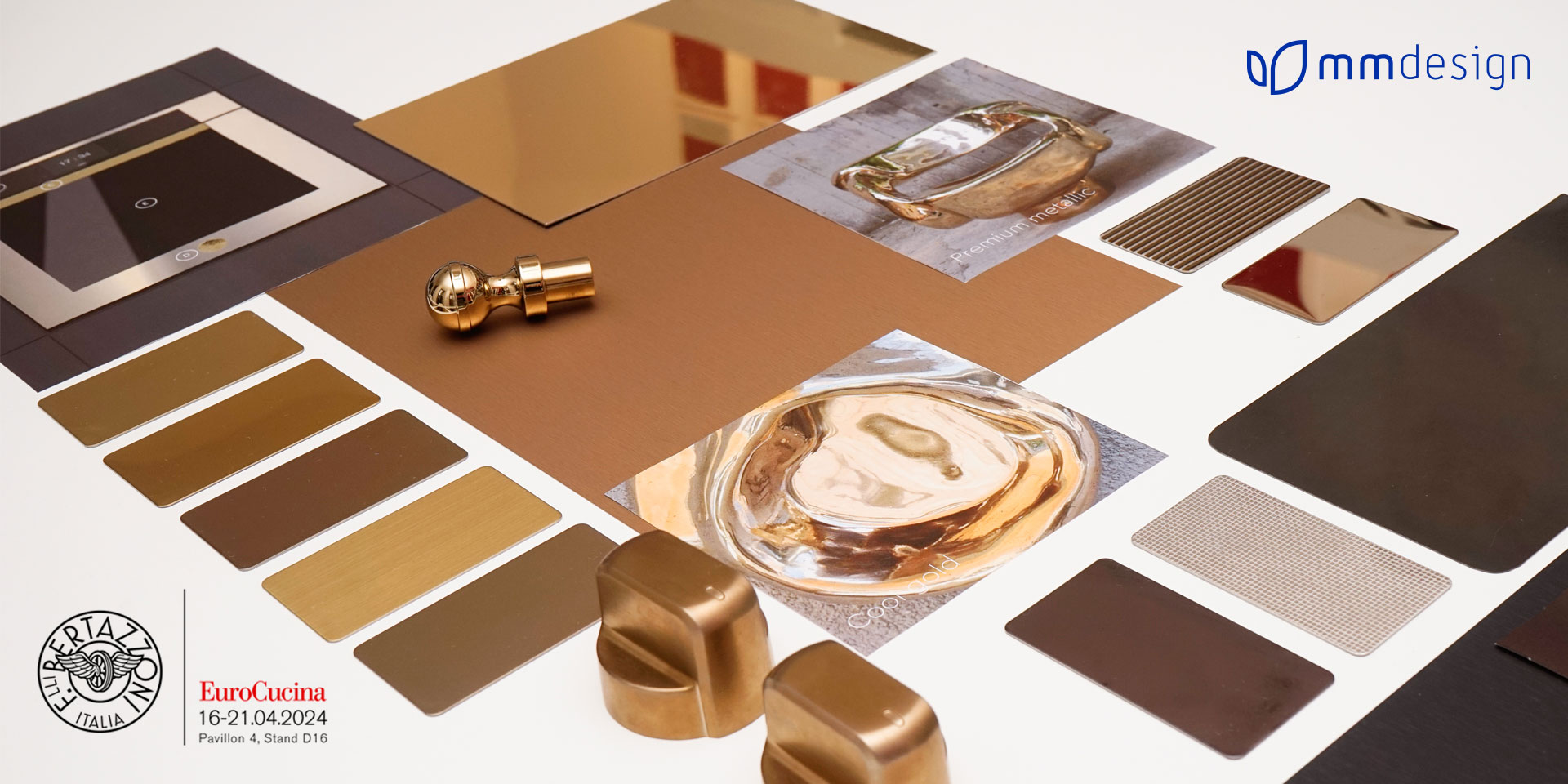The LTA will make the MRT greener with new materials and finishes
In Singapore, the MRT – the local subway – stations on the upcoming Jurong Region and Cross Island lines are undergoing a design overhaul to prioritize sustainability and reduce their carbon footprint. The Land Transport Authority (LTA) aims to achieve this with design strategies that employ fewer materials and prefer eco-friendly alternatives.
For the Jurong Region Line – set to open in phases from 2027 – the LTA targets a 10% reduction in architectural finishes such as cladding and ceilings. The Cross Island Line's second and third phase stations, operational from the 2030s, will instead see a 25% decrease in ceiling panels, with an increased use of green materials. To further enhance environmental consciousness, the LTA mandates the use of low-carbon concrete – made with recycled materials instead of cement – both in Cross Island Line phase two projects and footpath renewal contracts, to reduce carbon emissions by at least 20% compared to standard concrete. This commitment to sustainable design is part of the LTA's inaugural sustainability report released on December 7, outlining initiatives to minimize Singapore's carbon footprint in land transport, like the planting of 16,000 trees along the North-South Corridor and the incorporation of dedicated cycling paths and bus lanes in the streets above underground road tunnels.
The LTA's holistic approach to sustainability underscores a commitment to meeting Singapore's net-zero ambitions by 2050, emphasizing the significance of initiatives like Walk-Cycle-Ride and vehicle electrification in reshaping the country's transportation landscape.
Read the letter also in:
Italian

